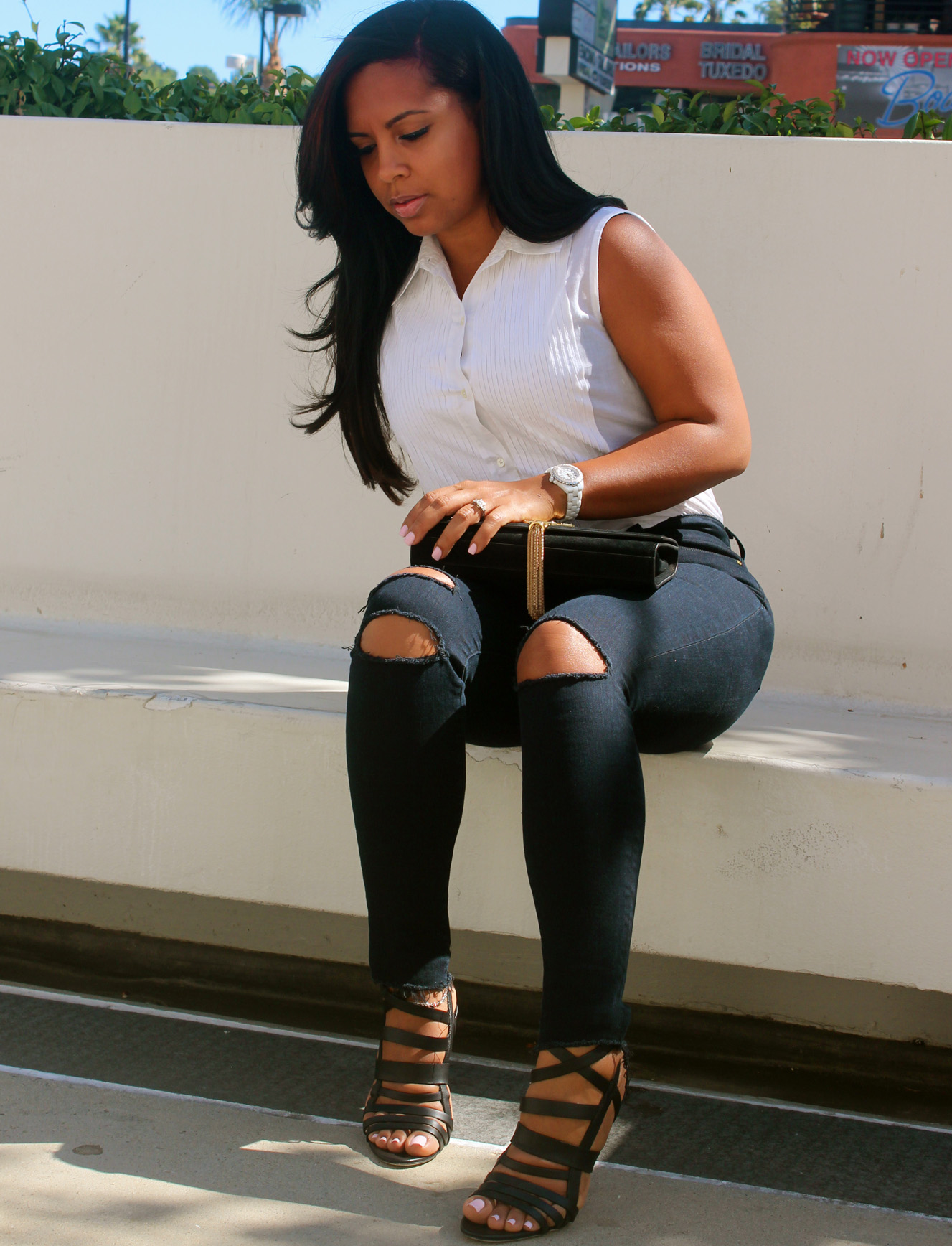Women clothing what black 19
Getting dressed in the 18th century, time: 7:23
Happens.women clothing what black 19 like your
Browse our selection of dressy and casual wear clothing for black women.Shop for your favorite styles of apparel like dresses, pant suits, outerwear and swimwear from top designer brands in women.
Home furnishing was not necessarily ornate or overstuffed.Advancement in printing and proliferation of fashion magazines allowed the masses to participate in the evolving trends of high fashion, opening the market of mass consumption and advertising.women clothing accessories yard Both frock coats and sack coats became shorter.Men's shoes had higher heels and a narrow toe.In accordance with the heavily boned corset and seam lines on the bodice as well, the popular low and narrow waist was thus accentuated.The top hat, for example, was standard formal wear for upper - and middle-class men.
With the corset, a very small tight fitting waist would be shown.By s and s, they were slightly broader with a low heel and made of leather or cloth.However, as is well known, discretion covered a multitude of sins.In truth, men's formal clothing may have been less colourful than it was in the previous century, but brilliant waistcoats and cummerbunds provided a touch of color, and smoking jackets and dressing gowns were often of rich Oriental brocades.In Britain, black is the colour traditionally associated with mourning for the dead.Silhouette later began to emphasise a slope toward the back of the skirt.
Are women clothing what use 18 apologise, but, opinion, you

By , clothing was increasingly factory made and often sold in large, fixed-price department stores, spurring a new age of consumerism with the rising middle class who benefited from the industrial revolution.Later Queen Victoria also appointed Charles Frederick Worth as her dress maker and he became a prominent designer amongst the European upper class.Women were freed from the heavy petticoats, and were able to move their legs freely beneath the cage.Charles Frederick Worth is known as the father of the haute couture as later the concept of labels were also invented in the late 19th century as custom, made to fit tailoring became mainstream.Following the initial period of First Mourning, the mourner would progress to Second Mourning, a transition period of wearing less black, which was followed by Ordinary Mourning, and then Half-mourning.Statements consisting only of original research should be removed.
Share your women dres how hairstyles x 50 are absolutely

Yet the style remained tailored, but was more structured.As the bodices grew longer in , the polonaise was thus introduced into the Victorian dress styles.Any drapery at the back was lifted up into poufs.Timeline of clothing and fashion.However, those who could afford lavish draperies and expensive ornaments, and wanted to display their wealth, would often do so.The trend for broad skirts slowly disappeared during the s, as women started to prefer an even slimmer silhouette.
Nike Womens Clothing.When it comes to comfortable, reliable and supportive sports clothes, there's nothing quite like Nike women's clothing.Try teaming a brightly colored top with black pants for a modern, fresh look that will keep you moving, and check out high-necked tops with three-quarter sleeves for exercise clothes that will.

Please improve it by verifying the claims made and adding inline citations.It also helped stop the bodice from horizontal creasing.Corsets were also stiff and restricted movement.In s the Cuirass Bodice, a piece of armour that covers the torso and functions like a corset, was invented.In contrast, evening dresses featured a Bertha , which completely exposed the shoulder area instead.By , clothing was increasingly factory made and often sold in large, fixed-price department stores, spurring a new age of consumerism with the rising middle class who benefited from the industrial revolution.